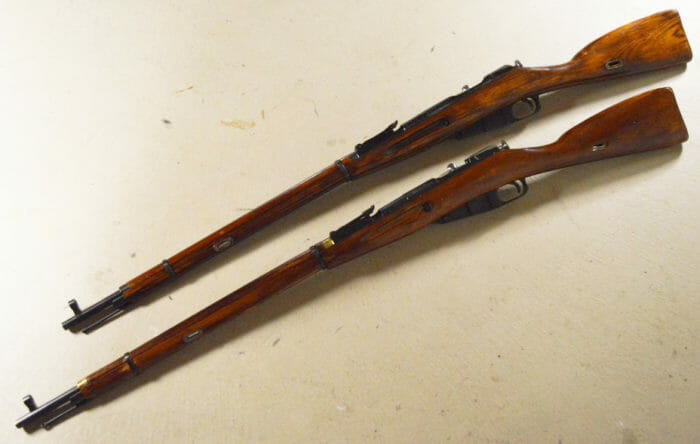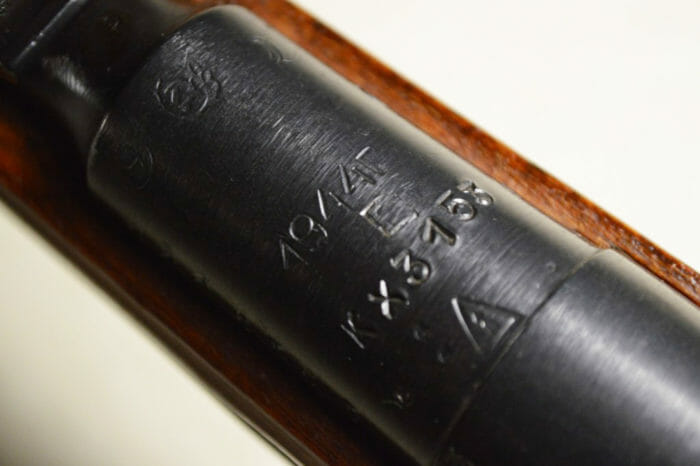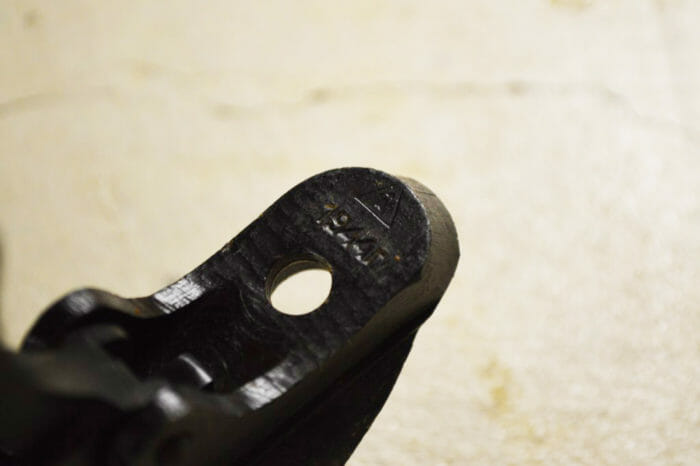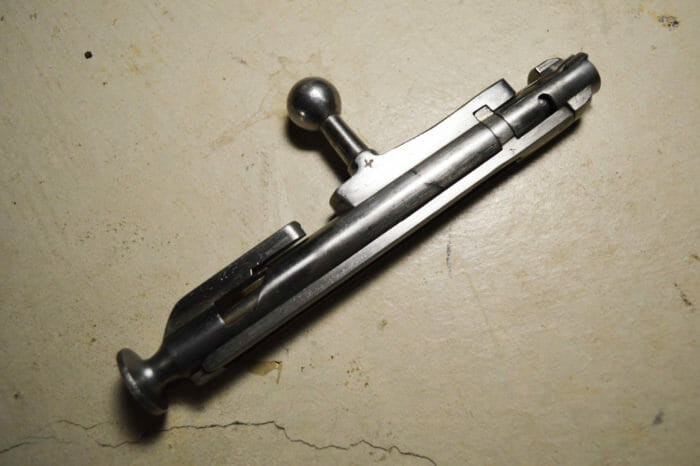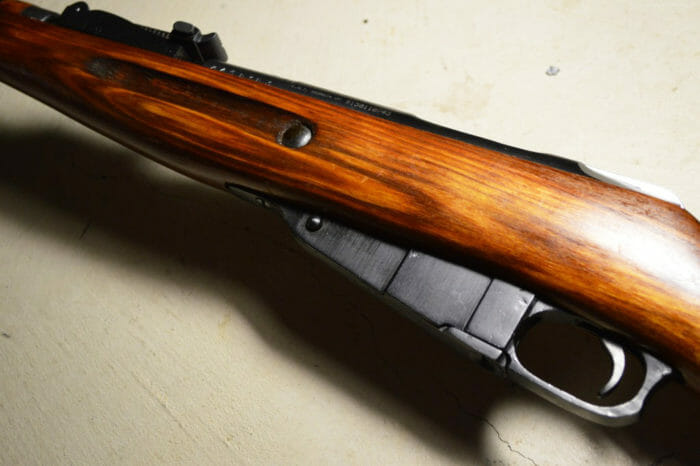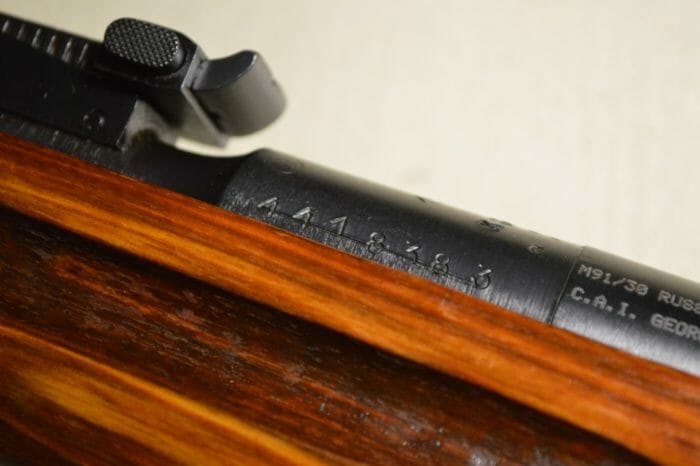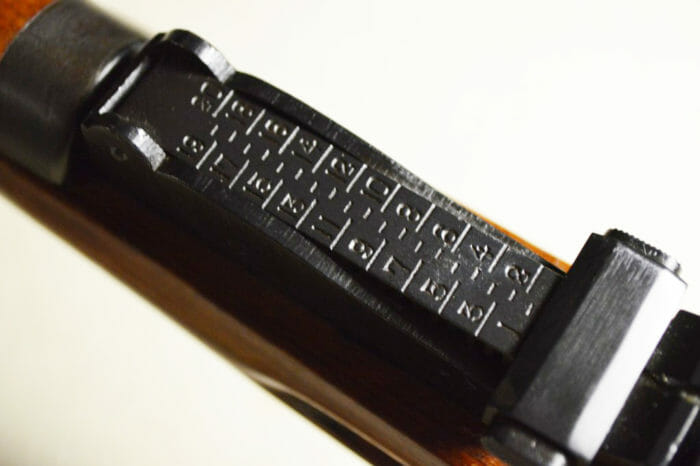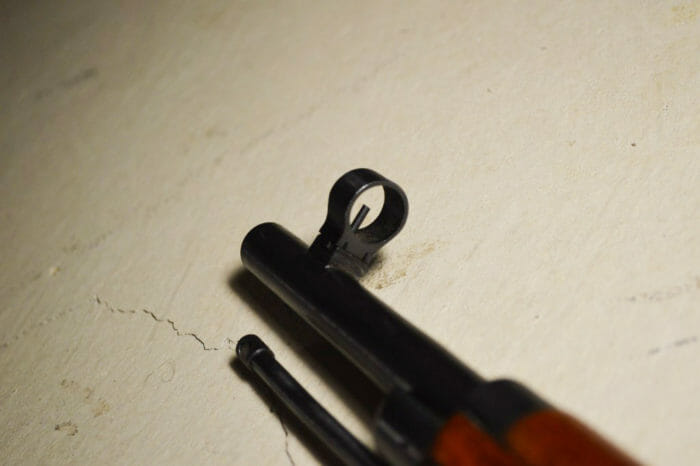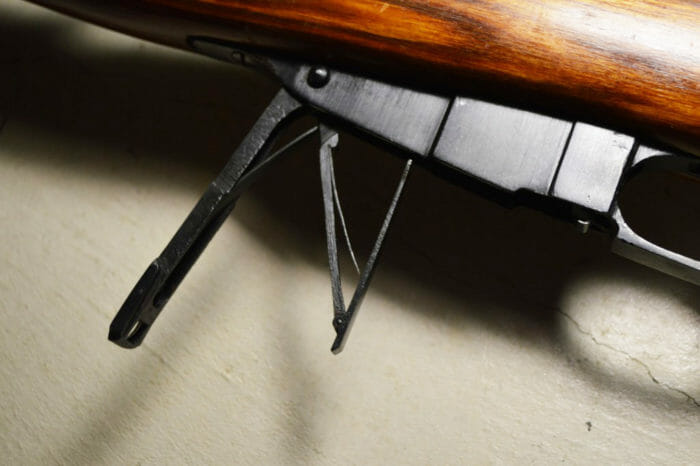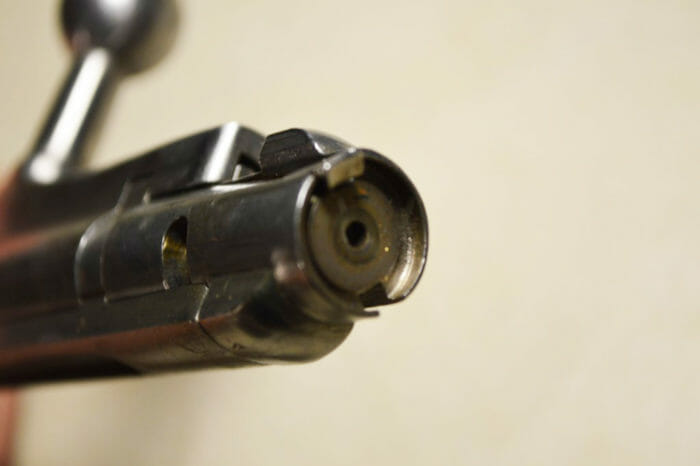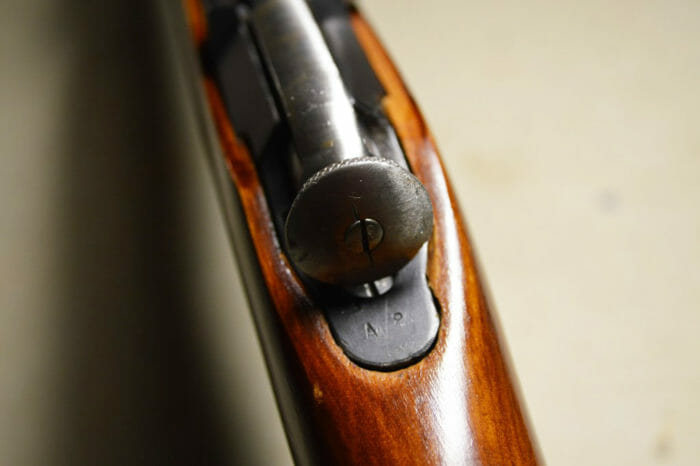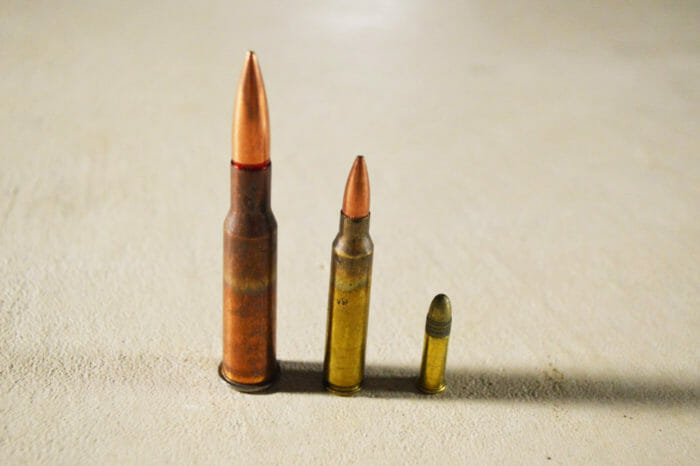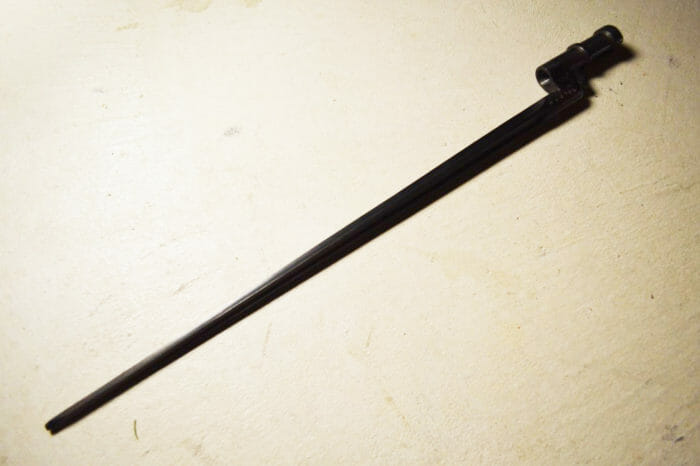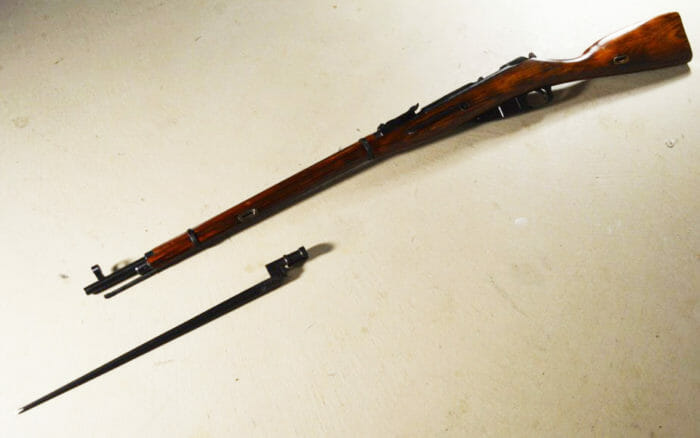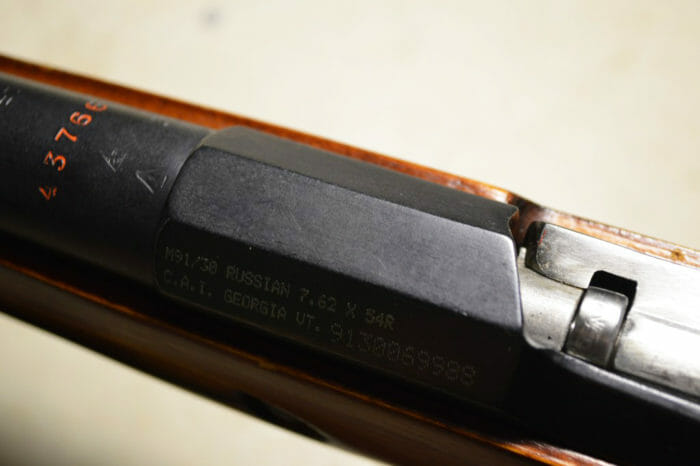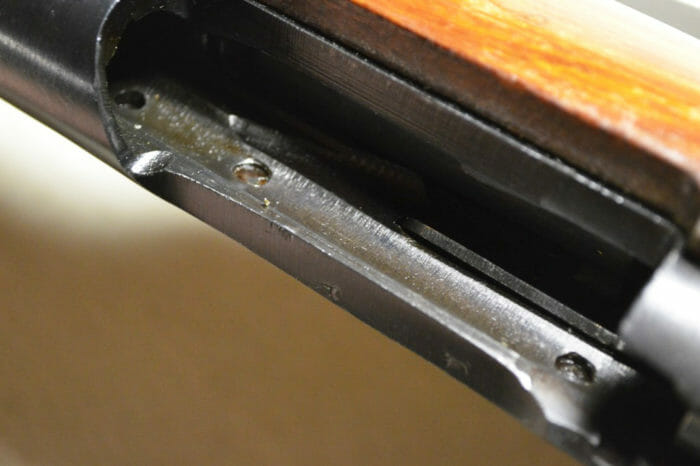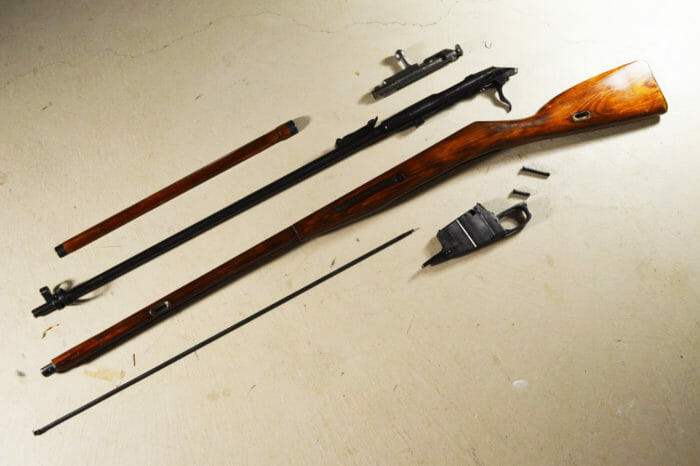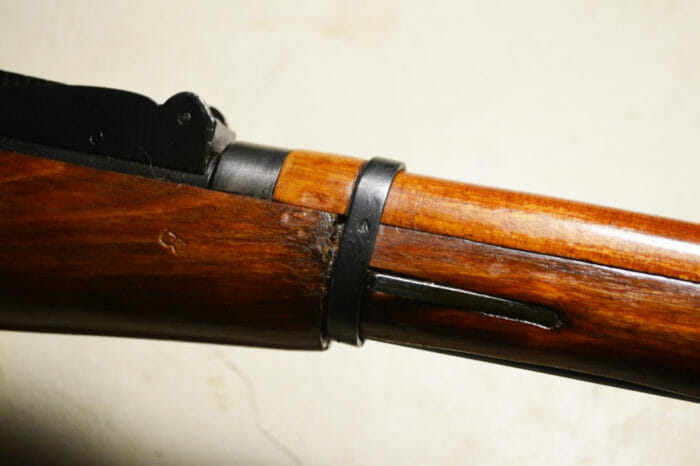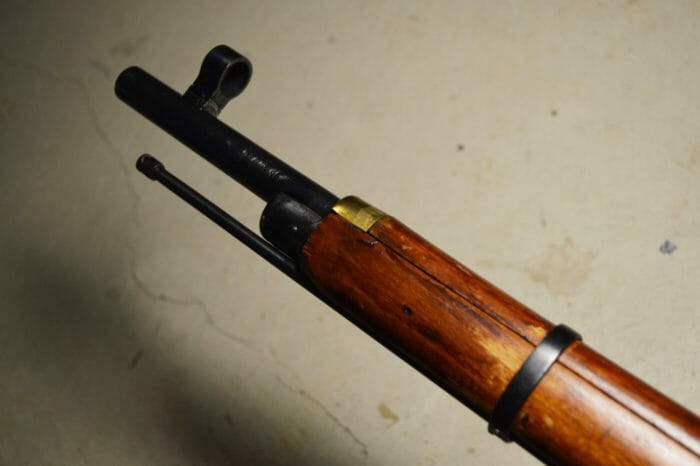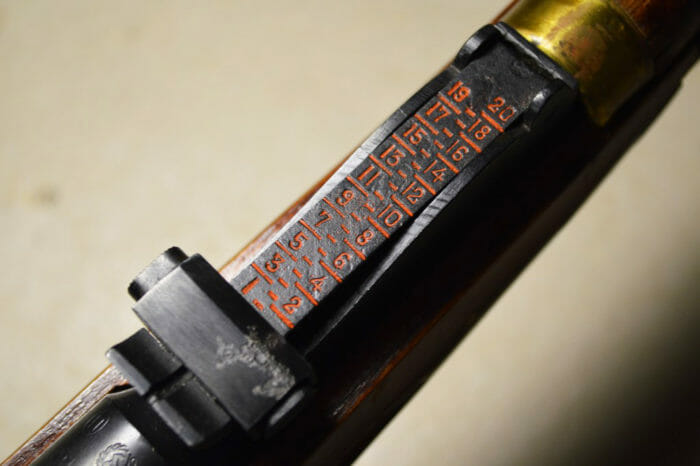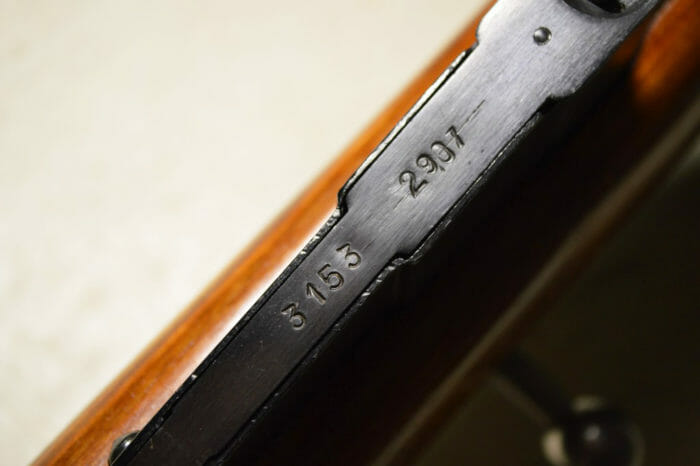Classic Arms Review: Mosin-Nagant M91/30
After antiquated weaponry led to heavy Russian losses during the Russo-Ottoman War, Russian military leadership recognized the urgent need for a more modern infantry rifle. At the time, Russian forces were equipped with single-shot Berdan rifles that were woefully inadequate against newer, magazine-fed rifles. Over the course of the following decade, designers worked to develop a replacement for the Berdan, and in 1889 the Russian military accepted trial submissions from Sergei Ivanovich Mosin, Leon Nagant, and a relatively unknown Captain Zinoviev. While Zinoviev’s rifle was quickly eliminated from the competition, leadership was split on the Mosin and Nagant designs. Further testing found Nagant’s submission to be a better performer than Mosins, but politics and nationalism derailed the adoption of Belgian design. The end result was something of a bastard version of Mosin’s submission that incorporated some of Nagant’s concepts, known formally as the 3-line rifle, Model 1891 (or M91 for short).
The M91/30s we will be examining today are more or less the same rifle as the original M91, but with a few minor improvements that were adopted in 1930. Among these are a full upper handguard (added before 1930) and modified iron sights. Since it is difficult to account for all minor variations among Soviet M91/30s, I will limit this discussion to two examples of the rifle: an Izhevsk made, 1934 dated M91/30 with the early octagonal (aka “hex”) receiver, and an Izhevsk made, 1944 dated M91/30 and ex-sniper rifle.
Finish
The metal parts (save the bolt) on the M91/30 are finished in a deep satin blue. This finish is intended to combat some rusting, but bluing, in general, is a poor finish for total rust prevention. Because of this, it is important to completely field strip the M91/30 as soon as you receive it to check for rust and pitting underneath the wood stock. Once the rifle is freed from its cosmoline-induced stasis, a thin film of light oil, such as CLP, should be applied to all metal surfaces as a lubricant and preservative. The metal finish, both in terms of machining and bluing, is one facet of the Mosin that suffered most during hasty wartime production. While absolutely functional, my wartime M91/30 ex-sniper rifle features considerably more prominent evidence of machining on the receiver and barrel than my 1934 example.
For the most part, current Mosin imports were refinished at a Soviet military arsenal after World War Two and placed into storage until very recently. This fact makes original, non-refinished M91/30 rifles more desirable and more valuable than a refurbished example. It also goes to show just how well cosmoline can preserve a firearm, as many of these imported Mosins are in impeccable condition. Ignoring a Mosin’s refurbishment status, the bolt should always be “in the white” and machined to a near-polished sheen. Without a surface treatment or finish, the bolt is susceptible to tarnishing or rusting when used with corrosive ammunition or exposed to humid conditions. This is another part that should be well cleaned after each range session and oiled.
Most Mosin-Nagants come with hardwood birch or birch laminate stocks that have been hastily slathered in shellac. While there is some disagreement as to what the original M91/30 wood finish might have been, the majority of collectors seem to believe shellac has always been used. Even so, the shellac on common refurbished Mosins was likely restored during the late 1940s and 1950s. In a majority of cases, these rifles were completely re-stocked after the war. The overall color of M91/30 stocks can vary drastically as a result of variance in shellac batches. The grain of the birch also ranges from tight and subdued to strong and heavy. Birch is a tough hardwood that works well both as a solid cut or glued as a laminate.
Ergonomics
Ergonomically, Soviet Mosin-Nagants compare rather poorly to their western counterparts. Shouldering the rifle is similar to tugging rope due to the very straight profile of the wood stock. The lack of a “pistol grip” makes the M91/30 much less comfortable to shoulder than contemporaries like the M1903A3 Springfield or the numerous Mauser variants of the era.
Some shooters complain that the Mosin has a short length of pull that is uncomfortable for larger framed people. I have not found this to be an issue at all. The distance from palm to buttplate is very nearly as long as a Mauser Kar. 98 and is longer than a Lee-Enfield No.4 Mk1 with the short stock. While the M91/30’s buttplate is not as comfortable as that of an M1 Garand, it compares favorably to most other rifles of the era.
The midsection of the stock features deep finger grooves that are intended to enhance grip comfort. Personally, I find these grooves unnecessary. They are too far rearward to effectively maneuver the muzzle of the 48.5 inches, 8.8 lb rifle and the stock as a whole is so narrow that they are not needed. It should be noted that Mosin stocks can display significant dimensional variation. For example, my 1934 M91/30 has a noticeably beefier stock (46mm wide at finger groove) than my 1944 ex-sniper rifle (43mm wide at finger groove). For this reason, some Mosins may feel better than others for some people.
Sights
The M91/30 features standard tangent iron sights with a rear sight leaf that is graduated out to 2000 meters and a hooded front post. While I sincerely doubt anyone will be making hits at 2000 meters with the M91/30 on any reasonably sized target, the option is there. Notched tangent rear sights have always been common on continental European firearms, especially Russian arms, and are usually quicker to acquire than the peep style sights that are more often seen on western rifles. Tangent sights (including the ones on the M91/30) can be troublesome for people who have less than perfect eyesight. For this reason, I prefer peep sights over the tangent ones found on the M91/30.
Magazine
The M91/30 feeds from a single stack, 5-round magazine. The body of the magazine is wedge-shaped to accommodate the pronounced rim at the base of the 7.62x54mmR cartridge. A button/lever can be found on the magazine’s floorplate near the trigger. This handy little feature facilitates unloading and cleaning the magazine by allowing the entire floorplate to hinge forward. Unlike many other 5-round magazines from the era, the Mosin’s is exposed outside the wood stock. This does leave the area open for damage/debris, but given its robust steel construction, such issues are unlikely to surface.
Operation
Like most rifles of its era, the Mosin-Nagant is bolt-action operated. In order to open the bolt for charging and casing extraction, the straight handle must be rotated 90-degrees upward and then briskly pulled rearward until the bolt face bottoms out at the rear of the magazine. The M91/30 is compatible with 5-round stripper clips that are intended to make quick loading easier, but my experience with these has been frustrating, to say the least. Frankly, loading via clip requires more practice than I am currently willing to pursue.
In contrast to the British Lee-Enfield, the Mosin’s action cocks on opening. This means that more force is required to open the bolt than is needed to close the action. Because of this, rifles with dirty chambers have a tendency to lock up on stuck casings. Mosin enthusiasts recommend aggressively scrubbing the rifle’s chamber with cleaning solvent prior to taking it to the range for the first time and I have to agree with them. I have experienced a few stuck bolts between both of M91/30s that required considerable pounding to rectify.
The “safety” on the rifle can be activated by pulling the cocking knob at the rear of the bolt and rotating it counterclockwise.
Cartridge
The M91/30 fires the venerable 7.62x54mmR cartridge. This round was originally developed for the Mosin-Nagant in 1891 and remains in service with the Russian military today. To aid in extraction, it has a prominent rim at the base of its casing. The Soviets used both light ball (147-grain bullet weight) and heavy ball (182-grain bullet weights) during WWII. Generally, the heavy ball rounds impart more felt recoil than the lighter loadings. In terms of muzzle energy, the 7.62x54mmR rivals the popular 30-06 at around 3,600 Joules. This makes it a little over twice as powerful as the 5.56x45mm NATO cartridge and more than 20 times as powerful as the diminutive .22 LR. Needless to say, the 7.62x54mmR is an impressive cartridge that should effectively handle pretty much all North American game.
Bayonet
If cult heroes existed among firearm accessories, the M91/30 bayonet would absolutely be a part of this group. Little more than a sharp spike, the Soviet issue bayonet is horrifically inadequate as a killing tool as its design almost necessitates multiple thrusts to effectively wound a combatant. When affixed to the M91/30, the bayonet brings the whole package to nearly 6 feet in length, and it begins to seem reasonable that someone could mistake the rifle for a wizard staff or walking stick. Better used as a screwdriver than a stabbing instrument, this Soviet “pigsticker” has mostly gained notoriety for dubious reasons.
Range Report
Firing the M91/30 is about as raw as a shooting experience can get. This no-frills bolt-action rifle packs a respectable two-way punch that will batter your targets as well as your shoulder. Similar to a 12-gauge shotgun from a recoil standpoint, many shooters prefer to add a slip-on buttpad to the rifle or will use a shooting jacket with padding at the shoulder. To be honest, most recoil issues that crop up when shooting the rifle can be addressed by pulling the firearm tightly into the shoulder and firing from while standing or seated instead of prone.
While accuracy for any old military rifle can vary by example, most M91/30s should be able to achieve consistent 2 MOA performance. I like to think of my two M91/30s as “minute of index card,” and my range experience seems to bear that out as it is fairly easy on a good day to keep most shots within a 3”x5” index card at 100 yards. One limiting factor when it comes to accuracy is the M91/30’s mediocre trigger. When tested using my Lyman digital pull gauge, my 1934 “hex” receiver rifle averaged a 7 lb 7.5 oz trigger pull while my 1944 ex-sniper rifle averaged 6 lb 4.5 oz. The overall pull experience is fairly gritty on both rifles, and the break is also challenging to predict, especially compared to other WWII-era rifles.
While I mentioned sticky bolts before, I should mention it again in this section. A properly cleaned and cosmoline free Mosin should not have a sticky bolt. That said, it can sometimes be difficult to tell whether or not the chamber has built-up oil and debris. Because of this, even clean-looking chambers should be thoroughly cleaned prior to shooting.
Conclusion
The M91/30 is a large, unwieldy rifle with poor ergonomics. Even so, this classic Soviet arm is one of the best values on the market today. While prices have recently eclipsed the $100 mark, the fact that $150 can buy an excellent example and a rifle that almost certainly saw wartime action is almost unbelievable. As a .30 caliber bolt action rifle, the M91/30 can be used to hunt several types of game in many states, and ammunition is cheap enough for weekend range blasters looking to get a taste of WWII goodness. For collectors, countless Mosin variants from a wide variety of nations are available and with some being very rare and impressively valuable. While I would not recommend the M91/30 to a new shooter, it is an absolutely perfect rifle for casual shooters and militaria collectors.
An information security professional by day and gun blogger by night, Nathan started his firearms journey at 16 years old as a collector of C&R rifles. These days, you’re likely to find him shooting something a bit more modern – and usually equipped with a suppressor – but his passion for firearms with military heritage has never waned. Over the last five years, Nathan has written about a variety of firearms topics, including Second Amendment politics and gun and gear reviews. When he isn’t shooting or writing, Nathan nerds out over computers, 3D printing, and Star Wars.

